#alaska native
Text
i want to share with you all an exciting development at the intersection of renewable energy, ecological restoration, and Indigenous sovereignty.
Tyonek is a remote Dena'ina Athabascan village located 40 miles from Alaska's largest city, Anchorage. for time immemorial, the Dena'ina have stewarded and honored the land. but the legacy of settler-colonialism and extractive capitalism has impoverished the people of Tyonek.
Indigenous people have been disproportionately affected by climate change and pollution. i encourage you all to be a part of the renewable energy transition and support the Tribal community of Tyonek as they advance the engineering, procurement, and construction of a decentralized solar microgrid.
https://bit.ly/Tebughna-Solar-Program

#solarpunk#alaska#ecology#indigenous#tribal#tribal sovereignty#alaska native#solar#renewable energy#sustainable energy
271 notes
·
View notes
Text
The Brooks Range is essential for the Alaska Native peoples who live, hunt, and fish in Northwest Alaska. It's home to the world's only remaining populations of migrating caribou, and dozens of migratory and boreal bird species, from Blackpoll Warblers to Arctic Loons.
The Ambler Road proposal puts the Brooks Range and everything within it at risk. If built, this will not be a simple road, but a 211-mile industrial corridor that would threaten North America's largest protected and roadless region, as well as the food security and clean water of Alaska Native Tribes. It will cut through 1,200 river crossings, thousands of acres of wetlands, and migration pathways.
Sign now
#ecology#enviromentalism#alaska#Brooks Range#caribou#bird conservation#biodiversity#Ambler Road Proposal#bureau of land management#indigenous rights#alaska native
55 notes
·
View notes
Text


The Willow Project is legitimately evil. It's a huge, disastrous oil project that ConocoPhillips wants to do in Alaska. Biden approved it despite huge backlash against it and consistent protests against things similar such as cop city forest, DAPL, & Line 3.
As a democrat who wants to pretend he's for climate change and gives a shit about BIPOC and the health of humans or the planet he has a weird way of showing it.
To support natives and a greener planet reblog this to spread awareness, ally yourself against the willow project on social media, boycott Conoco, sign petitions, & call/write your reps telling them to withdraw support of ConocoPhillips oil in your state due to the hazardous Willow Project or you'll flip the next election. You didn't elect someone who'd harm the whole planet for greed did you? No. So say that.
Anyway, let's get to it, here are some graphics and articles with more info.
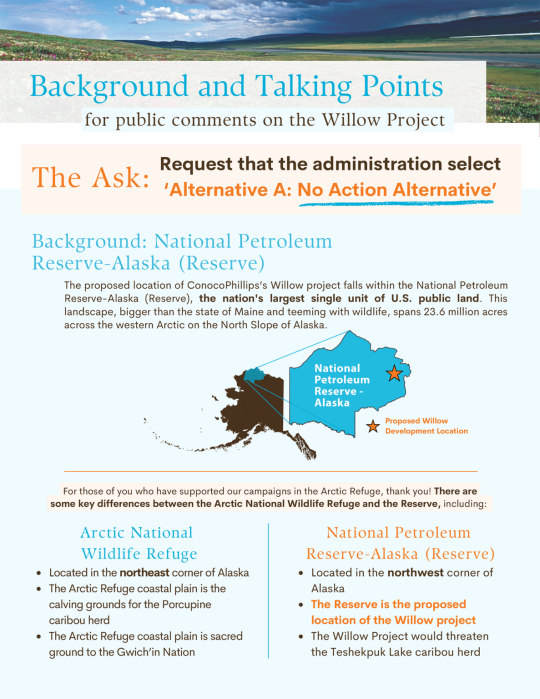
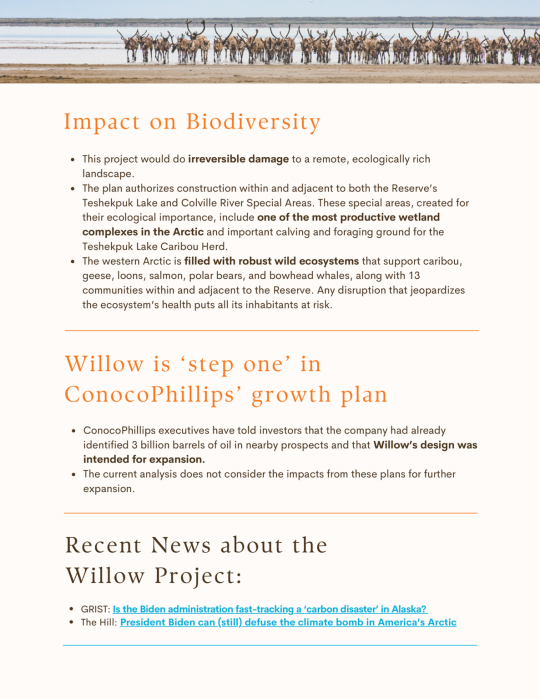

The 9th Circuit Court of Appeals on Wednesday issued a one-page ruling rejecting requests from an Alaska Native organization and several environmental groups to delay ConocoPhillips’ construction work.
The appeals ruling came in a pair of lawsuits challenging the Biden administration’s March 13 approval of the Willow project. The project, which promises to be the biggest Alaska oil development in decades, would be the westernmost producing oil field on the North Slope. It is located within the National Petroleum Reserve in Alaska, and it would tap into reserves estimated at about 600 million barrels, producing a peak of 180,000 barrels per day.
x
#biden#natives sue biden#greenpeace sues Biden#biden 2024#biden elections#biden is a fucking liar yet again#the willow project#liberals#democrats#leftists#climate change#global warming#lgbt#native american#native#alaska native#gwich'in#land preservation#landback#allies#native allies#oil#pipelines#ConocoPhillips#Conoco gas#gas
231 notes
·
View notes
Text
instagram
Those familiar with this blog will be familiar with my various posts highlighting the Indigenous Iditarod dog musher, and first out trans woman to run the Iditarod, Apayauq. Those posts are still amongst my most popular and continually reblogged posts, they really seem to resonate with a lot of people.
During Apayauq's most recent Iditarod, where she came in last and took the Red Lantern, a documentary by Zeppelin Zeerip was made. I've been closely watching the documentary's success on the film festival market and not only has it recently won Best Indigenous Short at BENDFilm, but APAYAUQ has been nominated for an Academy Award!
This is huge news!
#dogblr#apayauq reitan#iditarod#academy awards#indigenous#alaska native#filmmaking#documentary film#dogsledding#sled dogs#Instagram
71 notes
·
View notes
Text
34 notes
·
View notes
Photo
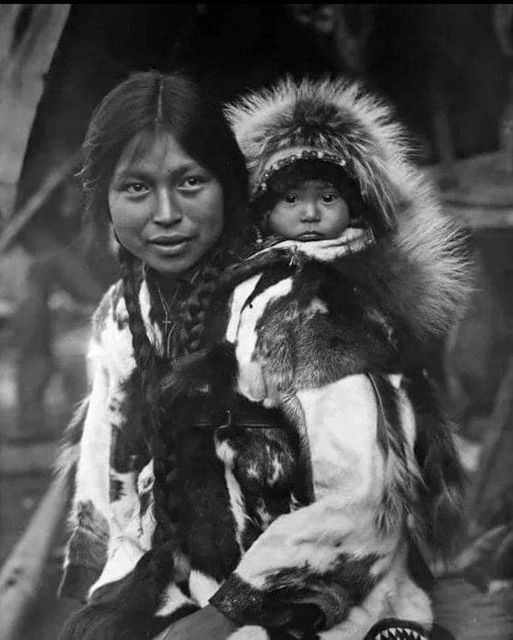
93 notes
·
View notes
Text

-- River.
Portrait of Sierra.
26 notes
·
View notes
Text
im confused about things like fans of K-Pop who only speak english & dont really understand what their listening to w/out english translation in front of them-
I get it now lol this shit catchy & i understand like less than Jinkaat words lol (subtitles recommend)
Update: his name on youtube is Air Jaz listen to him now 🔫
youtube
youtube
youtube
Ixsixán (i love you), Gunalchéesh (thank you), Eeshàan (I FINNALY KNOW HOW TO FUCKING SPELL IT DEAR FUCKING GOD, it basically means "oh you poor thing"), Jinkaat (Ten), Yéil (Raven), Ch'aak (Eagle)
#Tlingit#Lingit#Łingit#alaska native#native pride#native american#youtube video#youtube#ndn tag#ndn#native#indigineous people#indigenous#ndn tumblr#indigenous peoples#indigenous people#indigenous art#native music#Alaska native music#Tlingit language#Tlingit music#southeast alaska#alaska#music video#music recs#songs#music#tunes#rap#rap music
7 notes
·
View notes
Text
I wrote a song about missing and murdered Indigenous women, alcoholism, and violence in our communities. It’s called “Black Sand”.
youtube
#mmiw#mmiwg2s#acoustic#folk music#indie music#musician#original music#singer#singer songwriter#indigenous artist#alaska native#Youtube
33 notes
·
View notes
Text
Environmental Victory for Alaska Natives
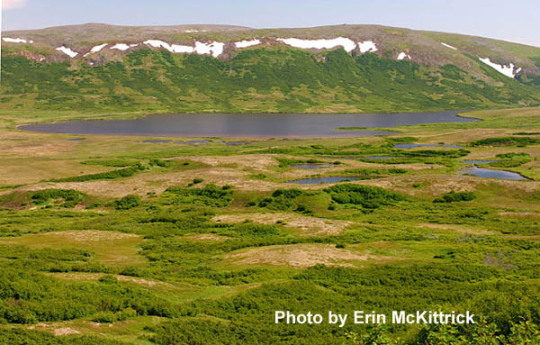
On January 8th, the U.S. Supreme Court rejected the State of Alaska's bid to fast-track the legal process, overrule the Environmental Protection Agency (EPA), and gain approval for the Pebble Mine -- slated to extract enormous amounts of copper, gold, and molybdenum from the pristine and sensitive ecosystem known as Bristol Bay. Located in a remote, wild, and generally uninhabited part of Southwest Alaska, Pebble is the largest known undeveloped copper ore body in the world.
The populations in the area rely heavily on wild resources for subsistence, harvesting moose, caribou and salmon. Wild resources play an important part in the region's cultural heritage. There are more than 30 Alaskan native tribes in the region that depend on salmon to support their traditional subsistence ways of life, in addition to other inhabitants and tourists in the area. A diverse coalition led by Alaska Natives has consistently fought against the proposed mine for more than two decades. It eventually gained support from the EPA, which ultimately blocked the mine proposal in January 2023 over concerns it would threaten an aquatic ecosystem supporting the world's most prolific sockeye salmon fishery.
This decision is significant, particularly considering the current High Court's tendency to support states' rights, limits on regulation -- especially of the environmental variety -- and corporate concerns. Alaska's request, filed in June, was unusual in that it sought to skip lower appeals courts to challenge the EPA's decision on the basis that it violated Alaska's state sovereignty.
Under the law, alleged violations of state sovereignty are one of the few categories of cases that grant the Supreme Court original jurisdiction -- meaning a state can bypass the usual state/federal court appeals process and file straight with the High Court. The justices could easily have decided to hear the case and decide in favor of the mining company, which has shown no qualms about engaging in some shady business practices over the years.
As the single most productive sockeye salmon fishery in the world, Bristol Bay contains biodiversity and abundant wild fish populations which present a stark contrast to many other fisheries in the Pacific Northwest (and worldwide). All five Eastern Pacific salmon species spawn in Bristol Bay's freshwater tributaries. Most have experienced severe depletion over the last few decades. Sockeye salmon, like all Pacific Salmon, are a keystone species, vital to the health of an entire ecosystem. Of course, salmon also provide a sacred food source for Indigenous communities up and down the West Coast.
Kudos to the United Tribes of Bristol Bay, a consortium of Alaska Native tribes fighting to preserve the traditional Yup'ik, Dena'ina, and Alutiiq ways of life in Southwest Alaska, for leading the charge. The Supreme Court's decision confirms all the hard work put in by tribes and allies, including the Save Bristol Bay Coalition. It remains to be seen whether Alaska's conservative leadership will continue with legal challenges at a lower court level -- but, for now, Indigenous People have won a big battle in this decades-long fight to protect their homelands.
9 notes
·
View notes
Text
New Department of Interior opinion promises to recognize expanded tribal jurisdiction in Alaska
This is big fucking news.
#politics#us politics#alaska#alaska politics#alaska native#alaska natives#native Americans#nativeamericans#native american
5 notes
·
View notes
Text
YOU KNOW WHAT MONTH IT IS?
HAPPY AK NATIVE & NATIVE ‘AMERICAN’ HERITAGE MONTH
To my Native/Indigenous peoples! Look at you! You’re doing good there. Your alive! I’m alive! Let’s go and THRIVE.
go treat yourself! Get your fry bread! Get your pilot bread, and relax. Watch some Rutherford Falls, and possibly drool over Terry’s stash or Maya with her size 15 beads
Or go on an do that project you’ve been putting off…the one that always takes space in the back of your head. Whatever makes you happy!
#the ashes declare#Native American#native american heritage month#Alaska Native#Alaska Native Heritage Month#Alaska Native and Native american heritage Month#An if you’re non-Native#Start with finding out whose land you’re on#Least you all can do#land acknowledgements good step
8 notes
·
View notes
Text
Several Alaska Native Tribal Governments and the Center for Biological Diversity filed a formal notice today of their intent to sue the National Marine Fisheries Service and U.S. Fish and Wildlife Service for unlawfully authorizing a multi-year experimental bottom-trawl study in the northern Bering Sea.
Tribal entities in the region have voiced strong opposition to the project and any commercial trawl fishing in the region.
The Native Village of Savoonga, Native Village of Shishmaref, Aleut Community of St. Paul Island, and the Center detailed concerns in today’s notice about how the project’s data could be used to expand destructive commercial bottom trawling.
“As stewards of the Northern Bering Sea, our basic rules of taking only what's needed and giving nature a chance to replenish itself have been practiced for thousands of years,” said Ben Pungowiyi, Tribal Council President for the Native Village of Savoonga. “Nature has a delicate balance, especially the chain underneath where every living organism plays its role. Further alteration of this domain will cause higher mortality impacts.”
The National Marine Fisheries Service has been planning the intensive experimental study for two years without notifying the public or consulting with impacted Alaska Native Tribes. They intend to begin this summer. Bottom trawling is currently prohibited in the area. According to the Service, the study is intended to provide data that “will inform possible future management” of fisheries in the area, meaning it could open to bottom-trawl fishing as the Bering Sea rapidly warms and groundfish expand northward.
“The study is designed to repeatedly damage an area of the ocean floor and then check in on how much destruction remains a year or more later,” said Johnson Eningowuk, Tribal Council President for the Native Village of Shishmaref. “Trawl fisheries are destructive to benthic habitat and species on which we rely as a matter of food security and cultural wellness.”
#ecology#enviromentalism#alaska#alaska native#indigenous rights#National Marine Fisheries Service#US Fish and wildlife service#fish and wildlife#wildlife services#bering sea#Trawl fisheries
3 notes
·
View notes
Text
Nora Marks Dauenhauer
youtube
Writer and scholar Nora Marks Dauenhauer was born in 1927 in Juneau, Alaska. Dauenhauer made numerous contributions to the study and preservation of the Tlingit language, an indigenous language. Her body of work includes poetry, essays, fiction, and plays. In 2008, she won the American Book Award for Russians in Tlingit America: The Battles of Sitka, 1802 and 1804. In 2012, Dauenhauer became the first Alaska native to be appointed Alaska State Writer Laureate.
Nora Marks Dauenhauer died in 2017 at the age of 90.
#native#alaska native#alaska#alaskan#woc#women of color#writers#woman writers#indigenous#indigenous writers#tlingit#Youtube
16 notes
·
View notes
Link
“With funding support from the Anchorage Museum and Alaska Native Heritage Center, Nordlum created a program on Inuit tattoo traditions and techniques named Tupik Mi to provide instruction to a small group of Inuit artists including from Jacobsen, Scrivner and Dr. Kelliher. The event was held in 2015.
Nordlum said she hopes that participants would carry forward and rekindle Alaska Native tattoo traditions that were nearly lost: the program trained them to provide traditional markings and to find apprentices for making the work self-sustaining.
Public events included lectures and a tattoo demonstration to educate visitors about the Inuit traditional technique of needle-poking by hand. Project documentation online includes Tupik Mi: Inuit Traditional Markings on Facebook, two short films by Michael Conti and a public presentation at the Anchorage Museum.
Over years of work, Nordlum has experienced how Inuit tattooing is a way to heal from generations of colonization by supporting cultural reclamation and Indigenous pride.” -via Indian Country Today
47 notes
·
View notes
Text
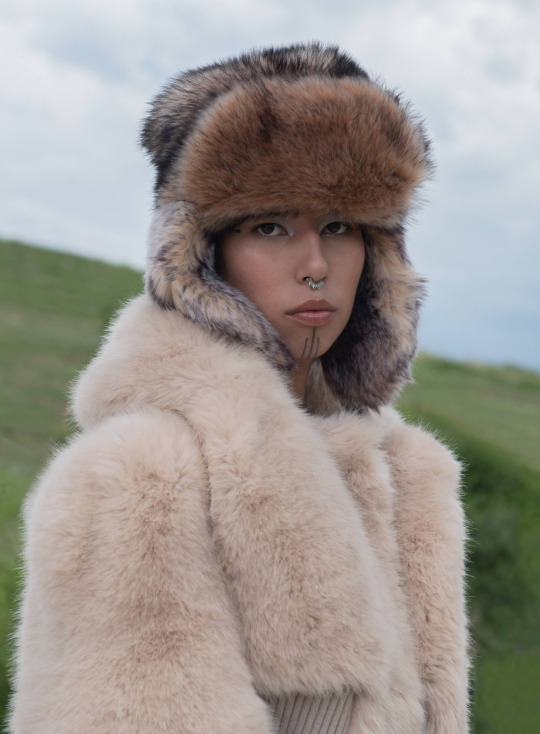
quannah chasinghorse by jackie nickerson (x)
#quannah chasinghorse#people#aes#aesthetic#model#models#fashion#indigenous model#indigenous women#photography#jackie nickerson#vogue#alaska native#indigenous fashion#indigenous#curators on tumblr
125 notes
·
View notes